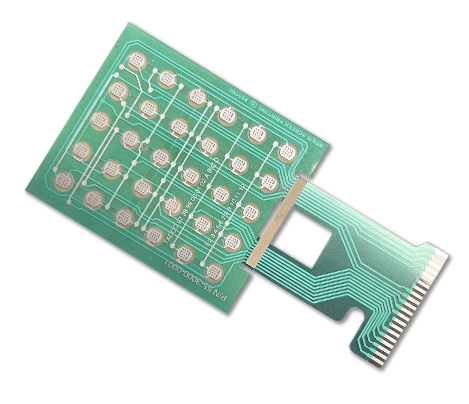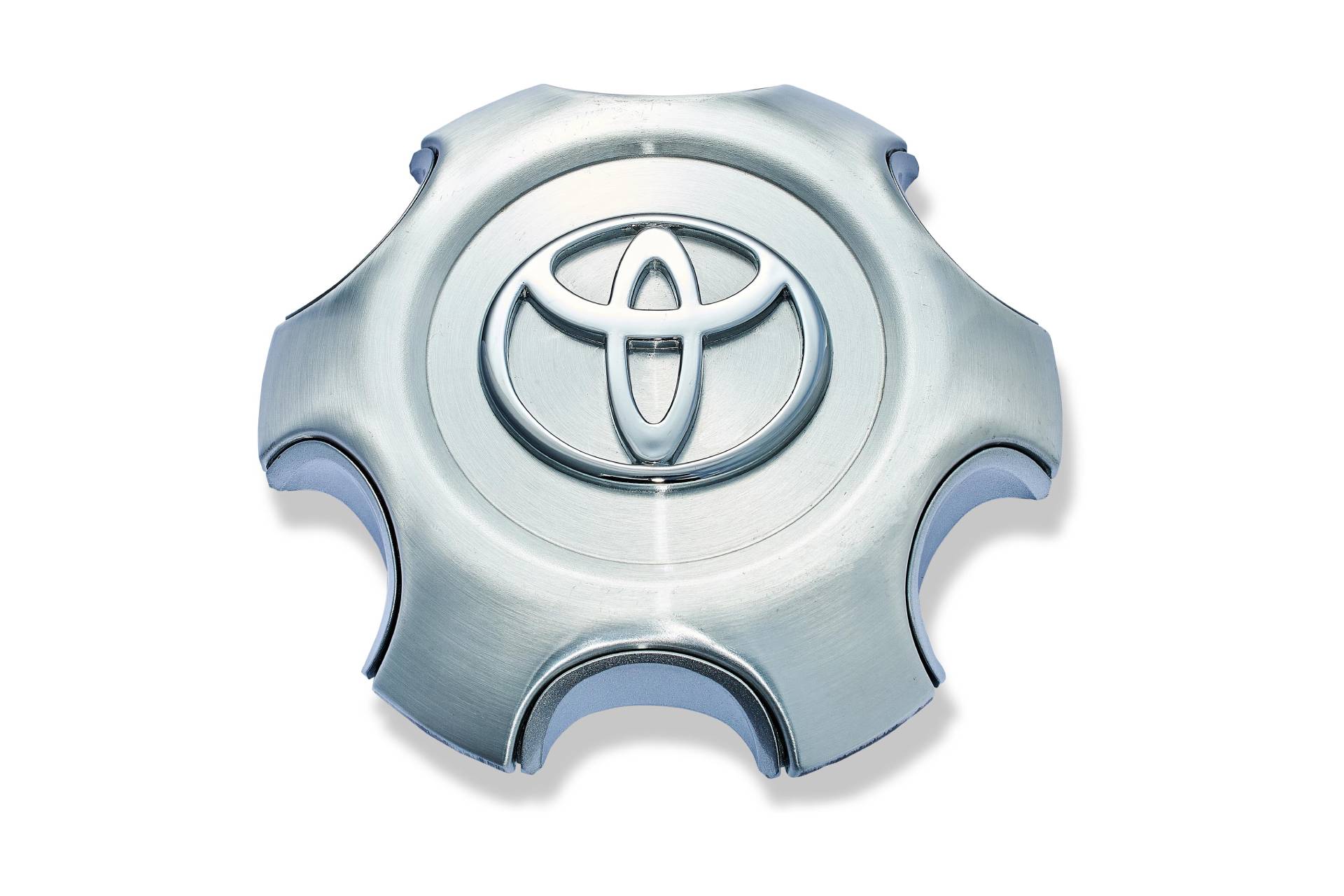How Membrane Switches Improve Durability in Harsh Environments
How Membrane Switches Improve Durability in Harsh Environments
Blog Article
Understanding the Significance of Membrane Switches in User Interfaces
Membrane buttons are important components in the style of reliable individual interfaces, helping with not just functionality but likewise improving visual appeal and customer communication. Their distinct functions, such as resistance to personalized designs and environmental aspects, make them appropriate for a varied range of applications across several markets. As we discover the future fads and different advantages associated with Membrane innovation, it ends up being clear that these switches are more than just components; they represent a convergence of innovation and usefulness. The effects of this innovation on user experience deserve analyzing additionally.
What Are Membrane Buttons?

The spacer layer, which includes adhesive buildings, allows for the separation of the circuit layer from the overlay, guaranteeing that the button remains in a non-activated state till pushed. When stress is put on the overlay, it compresses the spacer layer, bridging the gap and finishing the circuit in the underlying layer. This style not just lowers the physical space needed for conventional mechanical buttons however also improves the toughness of the gadget, as Membrane buttons are typically immune to dust, moisture, and other ecological factors.
Commonly discovered in applications ranging from customer electronics to medical gadgets, Membrane switches are indispensable to modern innovation, supplying a easy to use and efficient user interface that straightens with modern design needs.
Advantages of Membrane Switches
While various button innovations exist, Membrane Switches deal distinct benefits that make them especially desirable in numerous applications. Among the main advantages of Membrane switches is their small layout, which enables space-saving executions in gadgets where realty is restricted. Their thin account not just improves aesthetic allure however also assists in lightweight building and construction.
An additional substantial advantage is their resistance to ecological factors. Membrane buttons are generally secured versus dampness, dirt, and impurities, making them optimal for usage popular environments, such as clinical gadgets and commercial devices. This longevity expands the life-span of the switch, minimizing upkeep prices and improving dependability.
Moreover, Membrane buttons can be tailored to fulfill certain layout requirements, including unique graphics and shades that boost individual communication. Their responsive feedback options can also be customized to provide a rewarding customer experience. Additionally, Membrane buttons are economical, specifically in high-volume applications, as they can be created effectively.
Applications in Various Industries

In the customer electronic devices market, Membrane buttons prevail in devices such as microwaves, cleaning equipments, and push-button controls. Their tactile responses and aesthetic options improve user experience while supplying a smooth, modern look. In addition, vehicle suppliers use Membrane buttons in dashboard controls and infomercial systems, where room is limited, and user interaction is essential.
Additionally, the industrial market leverages Membrane switches in control panels for machinery and tools, permitting user-friendly procedure in frequently severe atmospheres. Their resistance to chemicals and wetness makes sure durability and reliability in these applications. On the whole, the flexibility of page Membrane Switches adds considerably to their extensive usage, making them essential in different technological domain names.
Design Factors To Consider for Membrane Buttons

When creating Membrane buttons, a number of key factors to consider should be taken into consideration to guarantee ideal functionality and individual experience. First of all, the option of products is vital; selecting long lasting, premium substratums can enhance the button's durability and resistance to environmental aspects such as moisture and temperature variations.
Second of all, the layout of the visuals overlay must prioritize quality and simplicity of usage. Icons and message must be clear, and the design must assist in intuitive communication (membrane switches). Furthermore, responsive comments is crucial; integrating a tactile dome or various other systems can enhance the customer experience by giving physical verification of activation
One more essential aspect is the switch's electrical efficiency. Designers should make certain that the conductive traces are properly developed to minimize resistance and stay clear of signal interference. This involves evaluating the needed actuation force and making certain compatibility with the electronic parts they will user interface with.

Future Fads in Membrane Technology
As technology remains Bonuses to development, Membrane switches are poised to advance considerably, driven by technologies in products and producing techniques. One emerging fad is the consolidation of innovative materials, such as versatile substratums and conductive inks, which boost resilience and minimize the overall weight of Membrane buttons. These materials not only enhance the responsive feedback yet additionally permit the design of switches that can withstand harsher ecological problems.
Moreover, the assimilation of touch-sensitive innovations is transforming typical Membrane Switches into even more interactive interface. Capacitive touch sensing units installed within Membrane button panels can give an extra instinctive and responsive user experience, lining up with the expanding need for sleek, modern layouts in consumer electronic devices.
In addition, developments in printing strategies, such as electronic and 3D printing, enable fast prototyping and modification of Membrane buttons. This versatility permits makers to react much more swiftly to market demands and consumer preferences.
Finally, sustainability is coming to be a substantial emphasis, with producers exploring eco-friendly materials and procedures. As these patterns unravel, the future of Membrane innovation guarantees improved performance, visual appeal, and environmental duty, solidifying their duty in advanced individual interfaces throughout different sectors.
Final Thought
To conclude, Membrane Switches stand for an important component in the layout of interface, incorporating functionality with aesthetic versatility. Their benefits, including resilience and resistance to ecological aspects, make them appropriate for varied applications throughout numerous markets. Moreover, thoughtful style considerations enhance individual communication and experience. As developments in technology proceed, the development of Membrane switches is anticipated to more improve individual interfaces, driving advancement and boosting use in an increasingly complex technical landscape.
Membrane switches are essential components in the style of effective individual interfaces, promoting not only functionality but likewise boosting visual appeal and individual communication.Membrane Switches serve as navigate to this website a vital component in various individual interfaces, facilitating a seamless interaction in between individuals and electronic gadgets.While numerous switch modern technologies exist, Membrane Switches offer distinctive advantages that make them especially desirable in various applications.Moreover, Membrane switches can be tailored to satisfy specific style needs, incorporating special graphics and colors that boost user communication.In final thought, Membrane Switches represent an essential element in the design of customer interfaces, incorporating capability with aesthetic adaptability.
Report this page